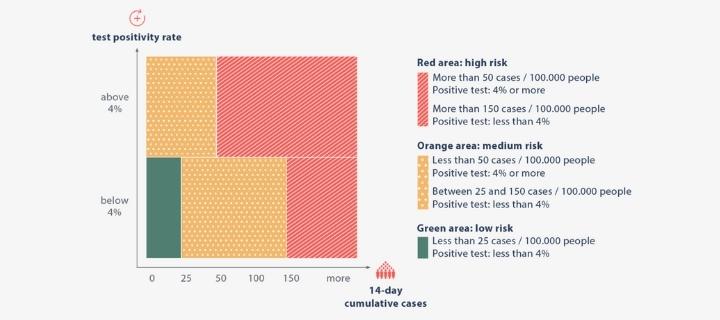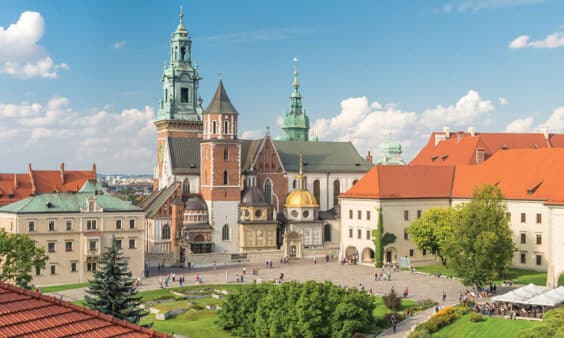The European Union’s much-anticipated traffic light system for international travel between member states has been finalised. From airlines and travel agents to hotels and tourism attractions around the continent, this proposal was hoped to revitalise thousands of businesses.
The aims of this co-ordinated, pan-European approach are to ensure non-discrimatory freedom of movement, respect the specifity of individual states and avoid additional disruption of services.
So, how will it all work?
How will a country’s status be determined?
Every week, each member state will have to provide three key pieces of data regarding COVID-19 in their country for that week including:
- The number of newly notified cases per 100,000 population in the last 14 days
- The number of tests per 100,000 population carried out in the last week (testing rate)
- The percentage of positive tests carried out in the last week (test positivity rate)
Based on this data, the European Centre for Disease Prevention and Control (ECDC) will publish a weekly map of EU member states, broken down by regions. Areas on this map will be mapped according to the traffic light system.
How are the colours for the traffic light system decided?
The three main colours on the traffic light system are green, orange and red, along with grey. Depending on the 14-day incidence rate and the test positivity rate, the colour given to a country will change.
This is the criteria for each colour:
- Green: If the 14-day notification rate is lower than 25 and the test positivity rate below 4%
- Orange: If the 14-day notification rate is lower than 50 but the test positivity rate is 4% or higher. Or, if the 14-day notification rate is between 25 and150 and the test positivity rate is below 4%
- Red: If the 14-day notification rate is 50 or higher and the test positivity rate is 4% or higher. Or, if the 14-day notification rate is higher than 150
- Grey: If there is insufficient information or if the testing rate is lower than 300

You can see the current COVID-19 situation across Europe here.
How will countries be adopting the new system?
This is yet to be seen. The member states have agreed to work off a common framework for starting international travel, but the specifics will be unique to each country. For example, one country could allow unrestricted movement in the green and orange stages whereas another may only allow it in the green stage.
There are a few measures in this framework that each member state must consider:
- Free movement of people should not be restricted going to or from green areas.
- Differences in the epidemiological situation between orange and red areas should be considered alongside the epidemiological situation in their own country/territory.
- Entry should not be refused to people travelling from other member states. If travelling from non-green areas, quarantine or testing upon arrival may be required.
- Or, alternatively, carry out a test before arrival.
- People entering the country may also have to submit passenger locator forms. A common European passenger locator form for possible common use suggested.
- Provide clear, comprehensive and timely information to the public on any new measures or requirements. This should be at least 24 hours before the measures come into effect.
Although there are still some issues with the system, such as it still recommends quarantine instead of pre-departure testing, this gives better guidance for opening up countries to international travel. The Irish government has said it will broadly support this system. They have yet to release its own plan for resuming travel in and out of the country.




